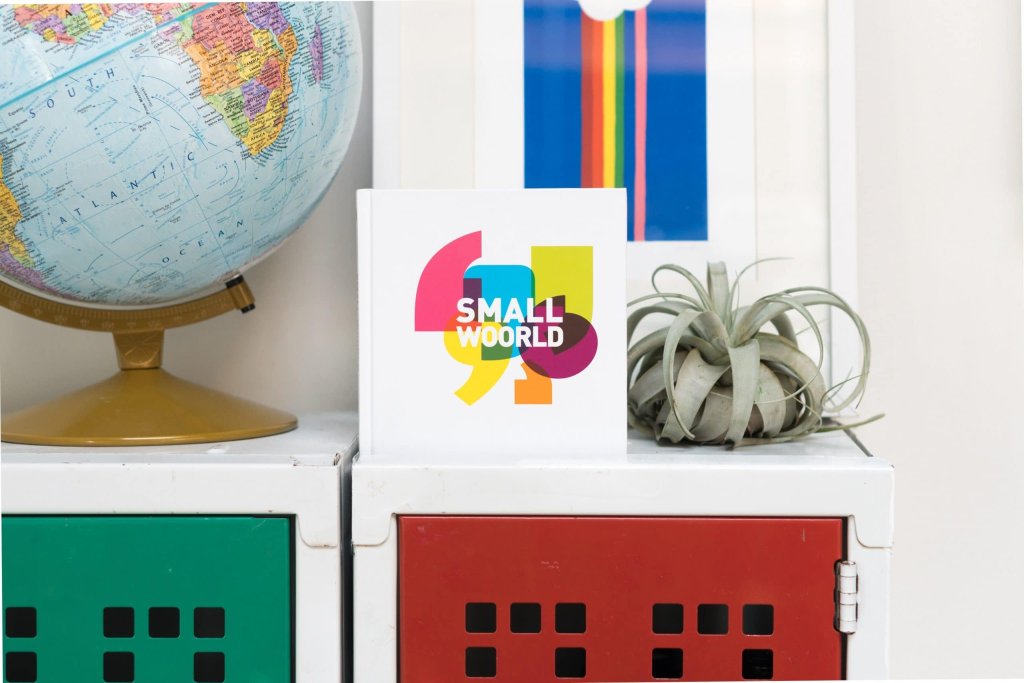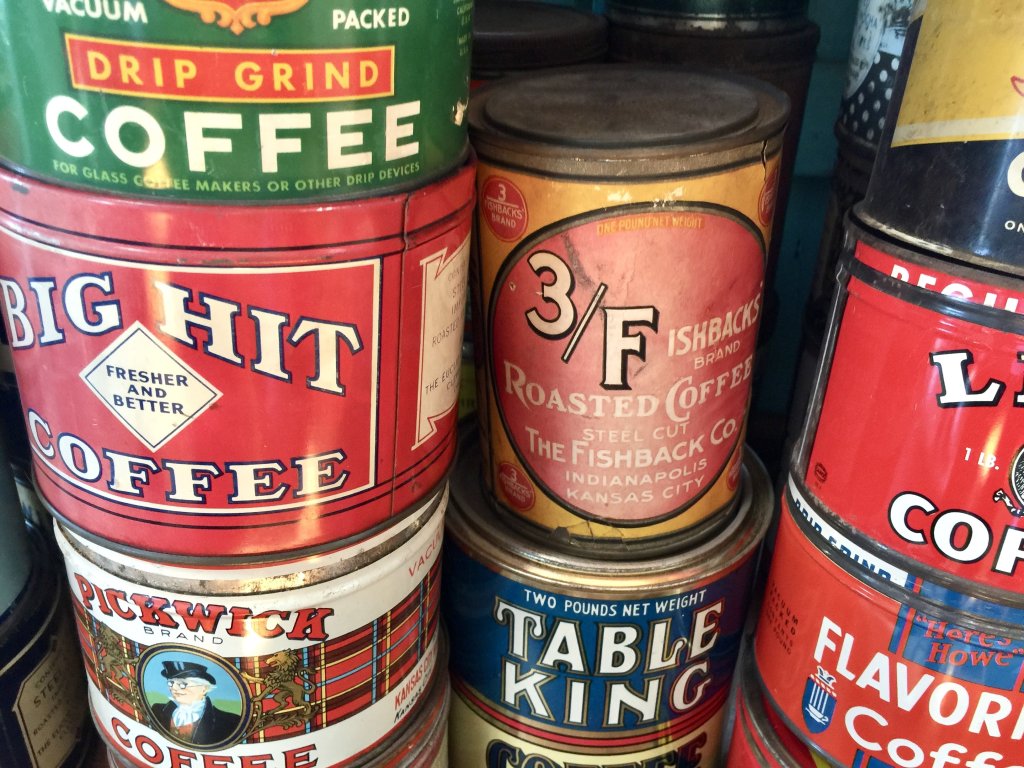
Moving Our Website to Craft CMS
By Raymond Brigleb
By the time Needmore turned twenty, our WordPress install felt like one of those charming Victorians on Portland’s east side: overflowing with character—right up until you fire up the espresso machine and the lights flicker. Thirty-seven plugins, two rival page builders, and a steady drip of security patches kept the whole studio on edge. We wanted a site that spoke to how we build today—crisp content models, quick pages, and a workflow that doesn’t require spelunking through a dashboard just to swap a headline. Craft CMS offered the blank canvas we wanted.
We began with content modeling. Instead of cramming every idea into one giant WYSIWYG, we mapped out the blocks that show up in nearly every case study—hero images, process galleries, pull-quotes, responsive multi-column text. Craft’s matrix fields let us package each pattern in its own tidy wrapper, so an author can snap together a page like Lego bricks, no code required. Rebuilding each portfolio entry with these new blocks was downright fun.
This time around, we wrote the site from scratch. Previous iterations on WordPress leaned on commercial templates—heavily customized, sure, but still burdened by the 90 percent of the iceberg you never see. Now we have a lean build: just the markup we want, images optimized the way we want, and an experience that shows exactly what our team can do.
Design stayed deliberately restrained. We resisted the siren song of a full visual overhaul and focused on letting last year’s style decisions sing while keeping the spotlight squarely on the content itself. Turns out “design is how it works” really does, well, work.
The payoff is measurable. Google now hands us a tidy 100 across accessibility, best practices, and SEO—scores we used to chase with an armful of WordPress plugins. Craft, being a true content-management system, lets us fine-tune every element and enforce best practices at the moment of entry. Page-load times are roughly half what they were, plugin bloat is down by nearly ninety percent, and every Core Web Vital has flipped to green.
The best part, though, is qualitative: publishing feels inspiring again. Instead of babysitting updates, we’re telling stories about coffee roasters, typography experiments, and the occasional DJ side hustle.


